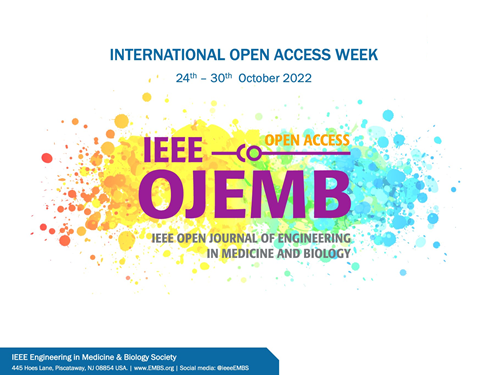使用自主踝关节外骨骼辅助脑瘫患者在社区行走的可行性
IF 2.9
Q3 ENGINEERING, BIOMEDICAL
IEEE Open Journal of Engineering in Medicine and Biology
Pub Date : 2024-10-08
DOI:10.1109/OJEMB.2024.3475911
引用次数: 0
摘要
研究目的这项试验性研究调查了在社区环境中对脑性麻痹(CP)患者使用自主踝关节外骨骼的可行性和有效性。五名参与者完成了两个结构化的社区行走方案:为期一周的踝关节外骨骼适应和训练干预,以及剂量匹配的无辅助行走 Sham 干预。结果结果表明,使用踝关节外骨骼后,适应性步行表现明显改善,包括速度和步幅增加。参与者还报告称使用外骨骼的乐趣和感知到的益处有所增加。虽然踝关节外骨骼训练并没有显著改善无辅助行走能力,但这项研究表明,CP 患者在现实世界中使用踝关节外骨骼是可行的。结论:本研究强调了可穿戴外骨骼在增强社区行走能力方面的潜力,为在真实世界环境中进一步探索奠定了基础。本文章由计算机程序翻译,如有差异,请以英文原文为准。
Feasibility of Using Autonomous Ankle Exoskeletons to Augment Community Walking in Cerebral Palsy
求助全文
通过发布文献求助,成功后即可免费获取论文全文。
去求助
来源期刊

IEEE Open Journal of Engineering in Medicine and Biology
ENGINEERING, BIOMEDICAL-
CiteScore
9.50
自引率
3.40%
发文量
20
审稿时长
10 weeks
期刊介绍:
The IEEE Open Journal of Engineering in Medicine and Biology (IEEE OJEMB) is dedicated to serving the community of innovators in medicine, technology, and the sciences, with the core goal of advancing the highest-quality interdisciplinary research between these disciplines. The journal firmly believes that the future of medicine depends on close collaboration between biology and technology, and that fostering interaction between these fields is an important way to advance key discoveries that can improve clinical care.IEEE OJEMB is a gold open access journal in which the authors retain the copyright to their papers and readers have free access to the full text and PDFs on the IEEE Xplore® Digital Library. However, authors are required to pay an article processing fee at the time their paper is accepted for publication, using to cover the cost of publication.
 求助内容:
求助内容: 应助结果提醒方式:
应助结果提醒方式:


